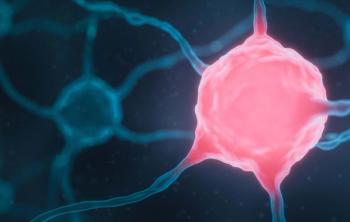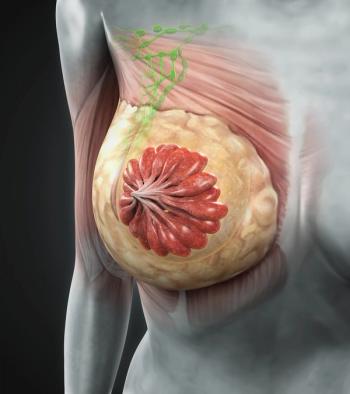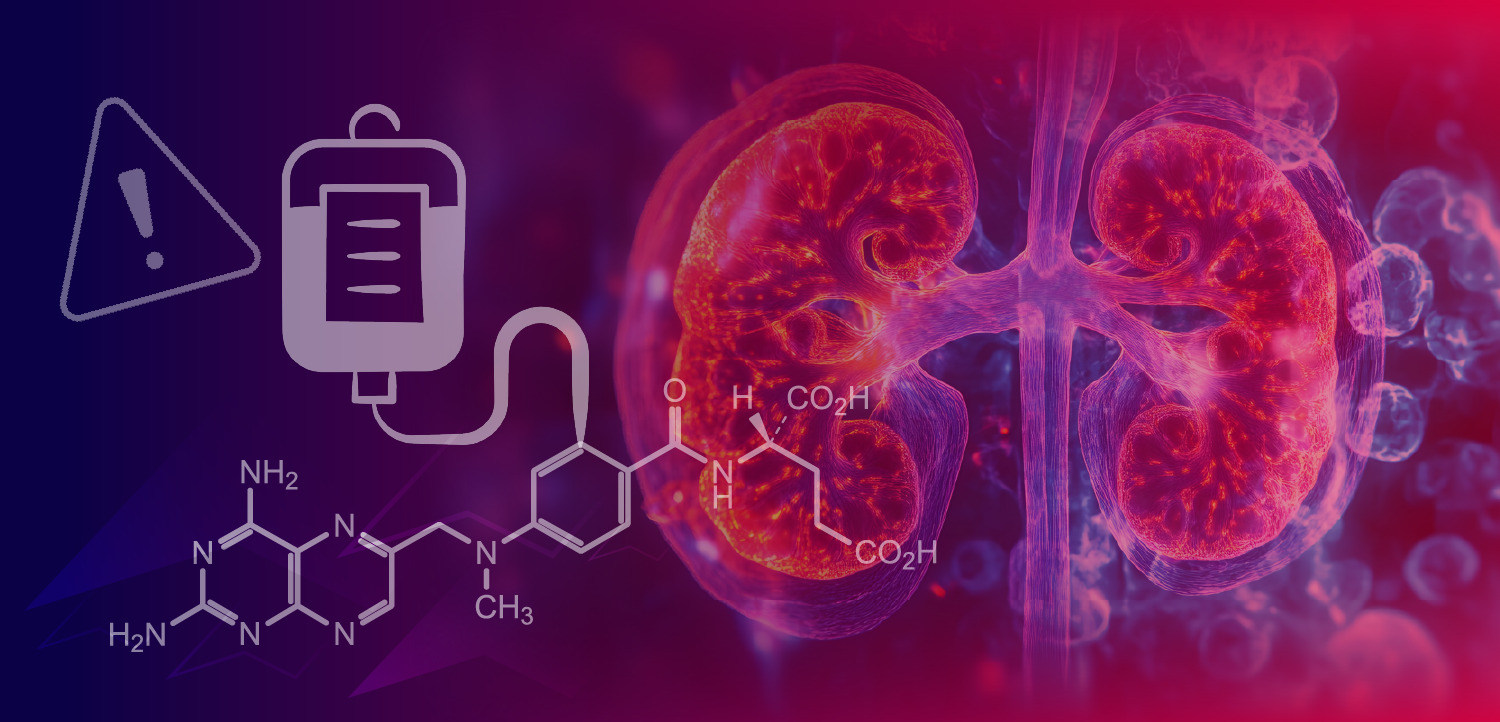
- ONCOLOGY Vol 16 No 5
- Volume 16
- Issue 5
Special Targets for the Treatment and Prevention of Cancer: Angiogenesis, VEGF, COX-2
Identification of targets in tumor cells vs normal cells (or at least a differential in their expression) is certainly a promising method for approaching the treatment and, indeed, the prevention of cancer. Presently, targeting of patient tumor cells has taken on even greater importance and interest with the discovery of the new agent imatinib mesylate (STI571, Gleevec), which is targeted to a kinase present in chronic myeloid leukemia (CML) cells (p210 BCR-ABL abnormal cells), which is required for CML cells to survive, but is not present in normal leucocytes.[1] The results with this agent targeted to the p210 BCR-ABL tyrosine kinase are indeed spectacular. The agent is of even greater interest in that it also works against some gastrointestinal stromal sarcomas with gain of function mutations in c-kit (CD117).[2] This activity of a targeted agent against a solid tumor increases the interest in targeted therapy to an even greater degree.
Identification of targets in tumor cells vs normal cells (or at least adifferential in their expression) is certainly a promising method forapproaching the treatment and, indeed, the prevention of cancer. Presently,targeting of patient tumor cells has taken on even greater importance andinterest with the discovery of the new agent imatinib mesylate (STI571, Gleevec),which is targeted to a kinase present in chronic myeloid leukemia (CML) cells(p210 BCR-ABL abnormal cells), which is required for CML cells to survive, butis not present in normal leucocytes.[1] The results with this agent targeted tothe p210 BCR-ABL tyrosine kinase are indeed spectacular. The agent is of evengreater interest in that it also works against some gastrointestinal stromalsarcomas with gain of function mutations in c-kit (CD117).[2] This activity of atargeted agent against a solid tumor increases the interest in targeted therapyto an even greater degree.
Of course, there are multiple other examples of targeted (or semi-targeted)therapies, such as monoclonal antibodies (to CD20, CD33, CD52 or HER2/neu),aromatase inhibitors, antiestrogens, and many others.
Even agents such as inhibitors of topoisomerase I[3] hit a target that ispresent to a greater degree in tumor cells than in normal cells. More specifictargeting should give us significant new therapeutic and preventive agents.
This special issue of ONCOLOGY is devoted to a series of papers presented inpart at an educational satellite symposium held in conjunction with the AmericanSociety of Clinical Oncology 2001 Annual Meeting. The symposium was convened tospecifically examine vascular endothelial growth factor (VEGF) andcyclooxygenase (COX)-2 as potential new targets in cancer treatment andprevention. The presentations were outstanding, but I think the reader will findthese papers of even more interest.
More specifically,
- complementary DNA microarray to improve tumor classification and toprovide potential new targets (and clues as to the location of those targets inpathways critical to cell survival);
- tissue arrays to determine how frequently a particular target is found ina particular tumor type and to determine the clinical significance of thatparticular target; and
- single-nucleotide polymorphism analysis to predict either toxicity orresponse, or both, to a particular drug.
An overview of the role of angiogenesis in oncology, including inhibitors ofangiogenesis, is provided by
Finally,
In assembling this special issue of ONCOLOGY, I learned a great deal fromthese well-written manuscripts. I hope that the reader also benefits from thisspecial issue.
References:
1. Druker BJ, Sawyers CL, Kantarjian H, et al: Activity of a specificinhibitor of the BCR-ABL tyrosine kinase in the blast crisis of chronic myeloidleukemia and acute lymphoblastic leukemia with the Philadelphia chromosome. NEngl J Med 344:1038-1042, 2001.
2. Joensuu H, Roberts PJ, Sarlomo-Rikala M, et al: Effect of the tyrosinekinase inhibitor STI571 in a patient with a metastatic gastrointestinal stromaltumor. N Engl J Med 344:1052-1056, 2001.
3. Giovanella BC, Stehlin JS, Wall ME, et al: DNA topoisomerase I-targetedchemotherapy of human colon cancer in xenografts. Science 246:1046-1048, 1989.
Articles in this issue
over 23 years ago
Promising New Treatment Option for Primary Bone Cancerover 23 years ago
Irinotecan, Cisplatin, and Radiation in Esophageal Cancerover 23 years ago
Irinotecan for the Treatment of Cervical Cancerover 23 years ago
Irinotecan in Epithelial Ovarian Cancerover 23 years ago
Combined-Modality Therapy for Rectal Cancer Using Irinotecanover 23 years ago
Future Directions in Adjuvant Therapy for Rectal CancerNewsletter
Stay up to date on recent advances in the multidisciplinary approach to cancer.





















































































